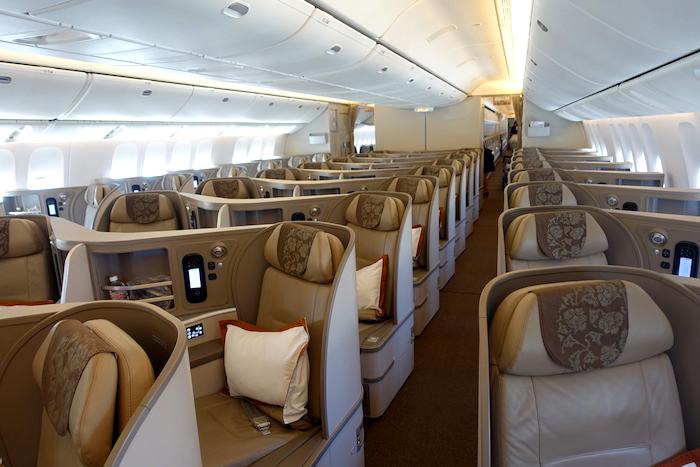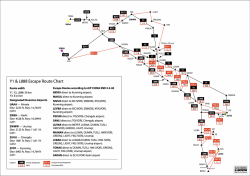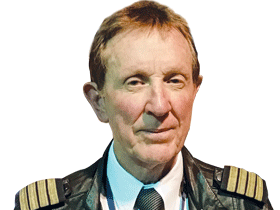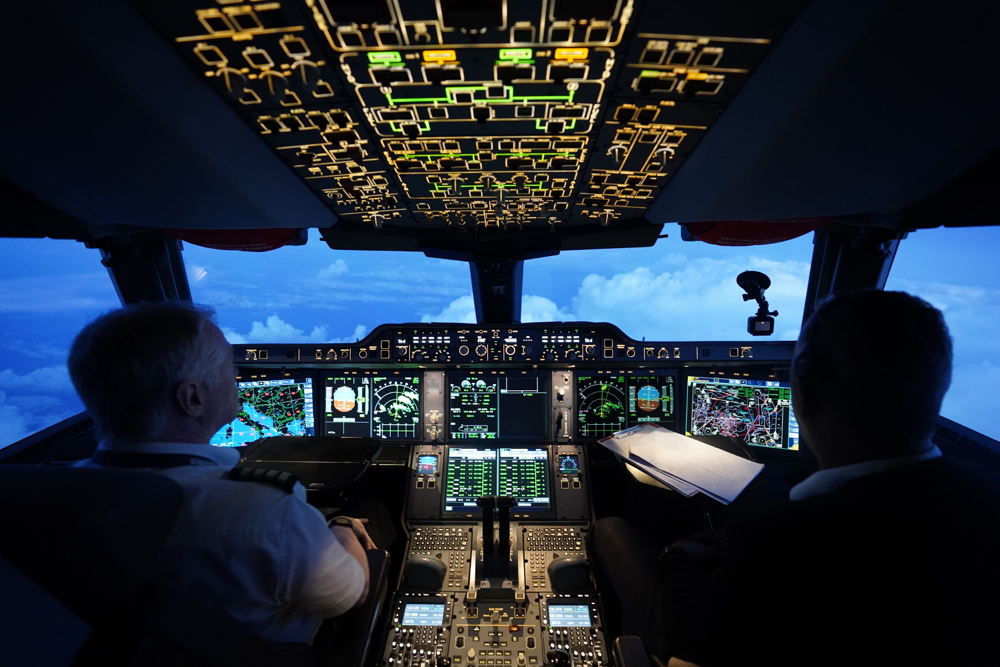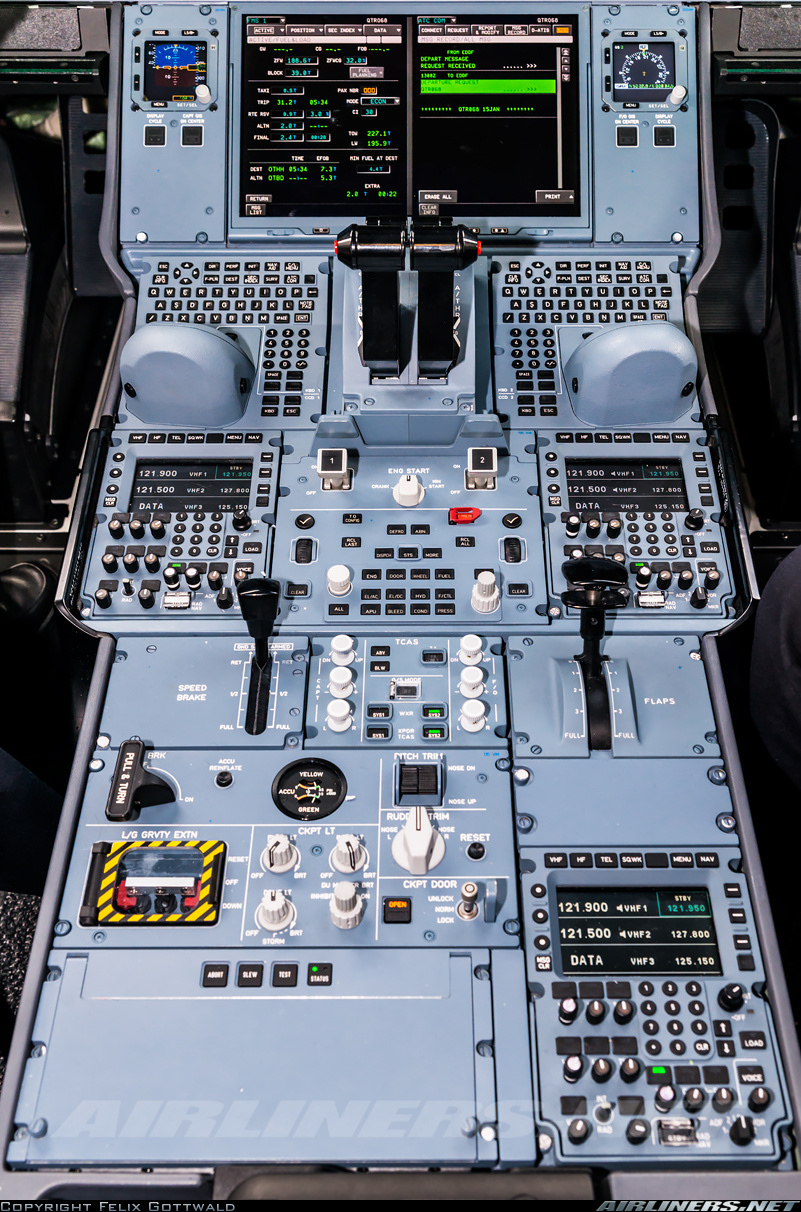It's Friday, so that means the Aviation section in the Oz. It also means Byron Bailey commentating.
Reading the online reader comments show, particularly today, a polarisation between those who regard Bailey as a guru and those who criticise what he said.
Any comments on his article, pilots:?
Is he insensitively presumptive on the possible cause of the C-130 crash?
Instrument training a lifesaver for pilots
Byron Bailey
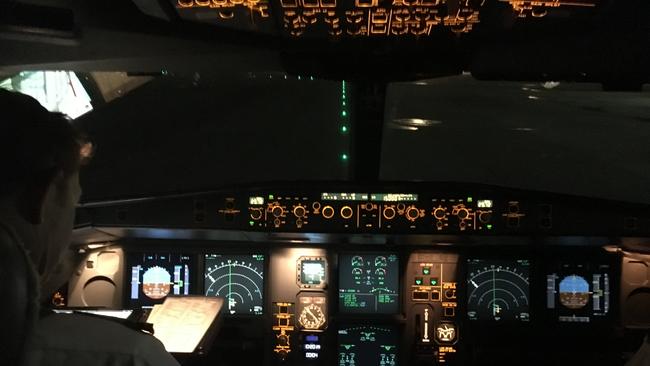
Last month was a sad time aviation wise what with the tragic loss of the C-130 firebomber tanker and her American crew, possibly from structural fatigue of the wing main spar.
The equally tragic helicopter crash involving basketball superstar Kobe Bryant was a very different kind of accident.
This helicopter was not certified for flight under IFR (instrument flight rules) conditions and the pilot was cleared by air traffic control to operate under SVFR (special visibility flight rules) where the visibility requirement is reduced from the normal three miles to one mile but the pilot must still remain clear of cloud (fog is just cloud in ground contact).
It appears the pilot may have inadvertently entered fog as he turned back, being unable to continue to the destination. ATC and flighttracker suggest that the helicopter suddenly descended in a turn and crashed at a high speed of 164 knots, above the maximum speed of 155 knots for a Sikorsky S76 helicopter.
It has long been known that it is very dangerous for a non-instrument-rated pilot to enter cloud as loss of control due to spatial disorientation will result fairly quickly.
The human inner ear cannot detect roll rates below a certain threshold so when an undetected slight roll develops, the nose will drop slightly causing a speed increase. The pilot, thinking the wings are level, pulls back on the controls which only tightens the turn ending up in loss of control in a death spiral.
Even experienced instrument-rated pilots can experience the “leans” (spatial disorientation) which only training can overcome.
This is particularly vulnerable on takeoff due to the acceleration affecting the function of the inner ear which can give false physical symptoms to the pilot who must only believe what his eyes are processing from his AI (attitude instrument).
In 2004, an Egyptian Boeing 737 took off from Sharm el-Sheikh Airport and crashed a couple of minutes later into the sea. The flight data recorder revealed the captain was losing a battle with a severe case of the leans and the coughpit voice recorder had urgent calls from the co-pilot of “bank” and “speed”.
A Mirage fighter pilot colleague of mine was lost after a formation takeoff on a dark starless night out over the sea with no horizon. Concentrating visually on the left wingtip of the formation lights of his element lead it was during the turn reversal roll through 80 degrees from 40 degree right bank to left bank at 450 knots and 1000 feet that he was heard to say “bugging out”. His inner ear would have been giving serious false sensations from the quick afterburner takeoff to 450 knots and tied in with the rolling motion meant when he broke formation he had only seconds to transition from heads up looking out to instrument flying.
The most important step in becoming a professional pilot is to get instrument rated through proper training.
Your life could depend on it.
Byron Bailey is a former RAAF fighter jet pilot and flew B777s as an airline captain.








